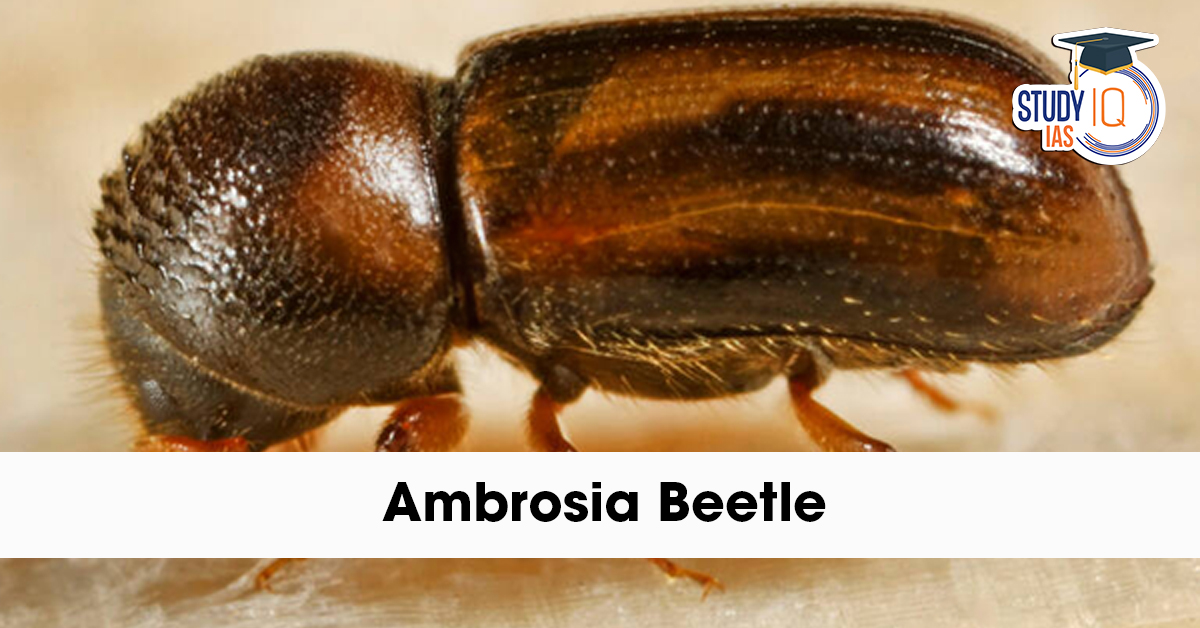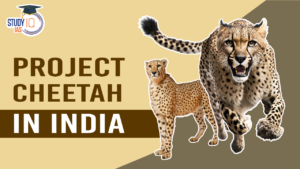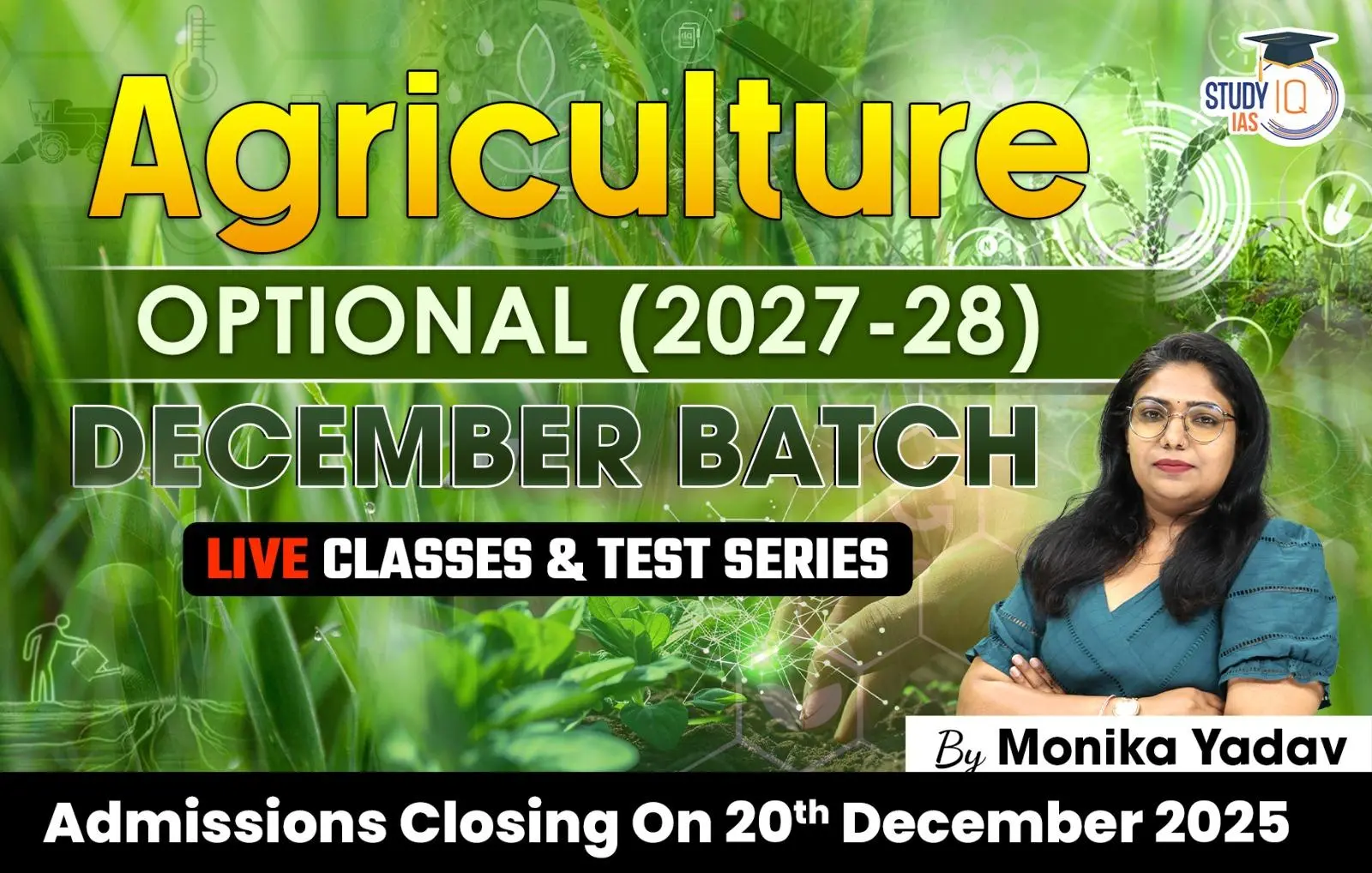Table of Contents
Context: Rubber plantations in Kerala are facing a serious threat due to an alliance between the ambrosia beetles and a fungus.
About Ambrosia Beetles
- Origin of Name: Named after ambrosia fungi, which live symbiotically with the beetle; the term ‘ambrosia’ is ecological, not taxonomic.
- Native Region: Indigenous to Central and South America.
- First Sighting in India: Detected in cashew trees in Ponda, Goa, in 2012.
- Fungal Partnership: Maintains a mutualistic relationship with two fungi — Fusarium ambrosia and Fusarium solani.

Impact on Rubber Trees
- Target Trees: Primarily attacks dead or already infected trees, but can also infest stressed trees.
- Ethanol Attraction: Stressed trees emit ethanol, attracting beetles.
- Feeding Mechanism:
- Beetles don’t feed on wood directly; they cultivate fungi inside the bark.
- Bore tunnels (galleries) into the bark and introduce fungi.
- Fungi break down the wood and provide nutrient-rich mycelia, which the beetles and larvae consume.
- Wood Damage: Fungal enzymes weaken the wood, aiding deeper penetration.
- Structural Weakening: The beetle-fungus complex causes:
- Severe leaf fall
- Trunk drying
- In extreme cases, tree death
- Latex Loss: Infection reduces latex yield, leading to economic and agricultural losses.
Prevention Techniques
- Use of antifungal agents.
- Pruning or removing infected parts of the tree.
- Burning or chipping wood with visible boreholes.
- Setting up traps specifically to catch ambrosia beetles.


 Bonnet Macaques: Habitat, Features, Beha...
Bonnet Macaques: Habitat, Features, Beha...
 Periyar Tiger Reserve, Map, Flora, Fauna...
Periyar Tiger Reserve, Map, Flora, Fauna...
 Project Cheetah in India, Objectives, Ch...
Project Cheetah in India, Objectives, Ch...

























